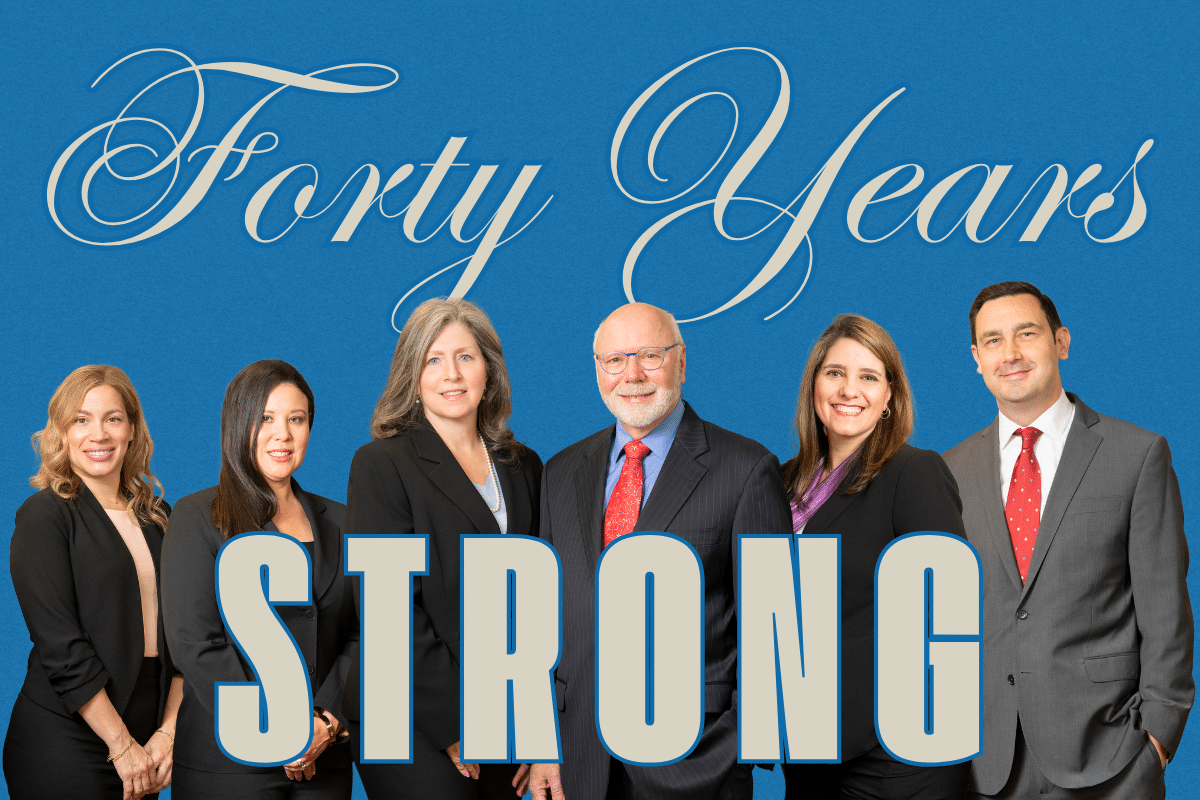On October 1st, 2025, Russo Law Group will mark a significant milestone: 40 years of…
In the United States, getting the care necessary to age well and securely is expensive. Long-term care facilities and retirement communities cost staggering amounts of money, as do premiums to maintain a long-term care insurance policy.
The long-term care system is underfunded and misaligned with the expectations of older adults seeking quality care. This growing crisis spells financial disaster for many Americans.
What Causes the High Cost of Elder Care?
Below are a few reasons that the cost of elder care is surging.
- Workforce shortages and limits or restrictions in healthcare or Long Term Services and Supports (LTSS) systems.
- An increase in people over age 65 as Baby Boomers retire. The US Census shows Americans over 65 will dramatically rise by 2030.
- A rise in medical intervention and continuing care is becoming more prevalent due to diabetes, dementia, and other chronic diseases.
- The transfer of home and community-based services and responsibilities to families by Federal and state programs
- Caregivers are paid so little they can’t afford to continue caretaking roles.
- Underfunded insurance pools failed to keep up with long-term care costs.
- Fewer workers pay into the social security system as many Boomers retire.
The Cost of Aging at Home
According to the American Association of Retired Persons (AARP), most aging Americans want to remain in their own homes.
Studies show family members provide much of the caregiving. Like paid caregivers, their work is often unnoticed, under-discussed, and unappreciated. Caregiving frequently has devastating consequences on retirement planning, affecting the next generations of their family and perpetuating the cycle. According to 2020 data from AARP, nearly 42 million people, or 17 percent of the US population, care for an adult aged 50 or older. Twenty-eight percent of these caretakers are unable to save money, 23 percent continue to accumulate debt that depletes short-term savings, and 11 percent are unable to fund basic needs, including food.
The Dilemmas of the Caregiver System in America
The significant belief that caregiving is a family responsibility is part of the US consciousness. Politicians and policymakers who promote this mindset fail to address or correct the shocking costs of eldercare, further burdening family caregivers. The belief that many caregivers have the means to act purely out of instinct or love devalues the complex, primarily unpaid work.
This devaluation of caregiver labor carries over to paid caregivers in institutional settings, leading to paychecks that don’t amount to a living wage and fewer caregivers. Wages remain low despite the demand for care. As a result, many quality workers have no choice but to find jobs with better pay and more appreciation.
About 80 million Americans who qualify for Medicaid are waiting an average of three years for home care assistance. They may have no family to rely on while they wait and are neglected. As demand for care continues to rise, the supply of assisted living and nursing home care is prohibitively expensive.
Aging in America requires political reimagining to protect families from shouldering health care responsibilities (paid and unpaid) that make it difficult for them to thrive. We must preserve the dignity of our older generations and those providing this care.
Please contact our law firm to speak with a qualified elder law and estate planning attorney to tailor a long-term care protection plan for you or your loved one. Although long-term care costs are higher than ever, it is possible to prepare for them.




Comments (0)